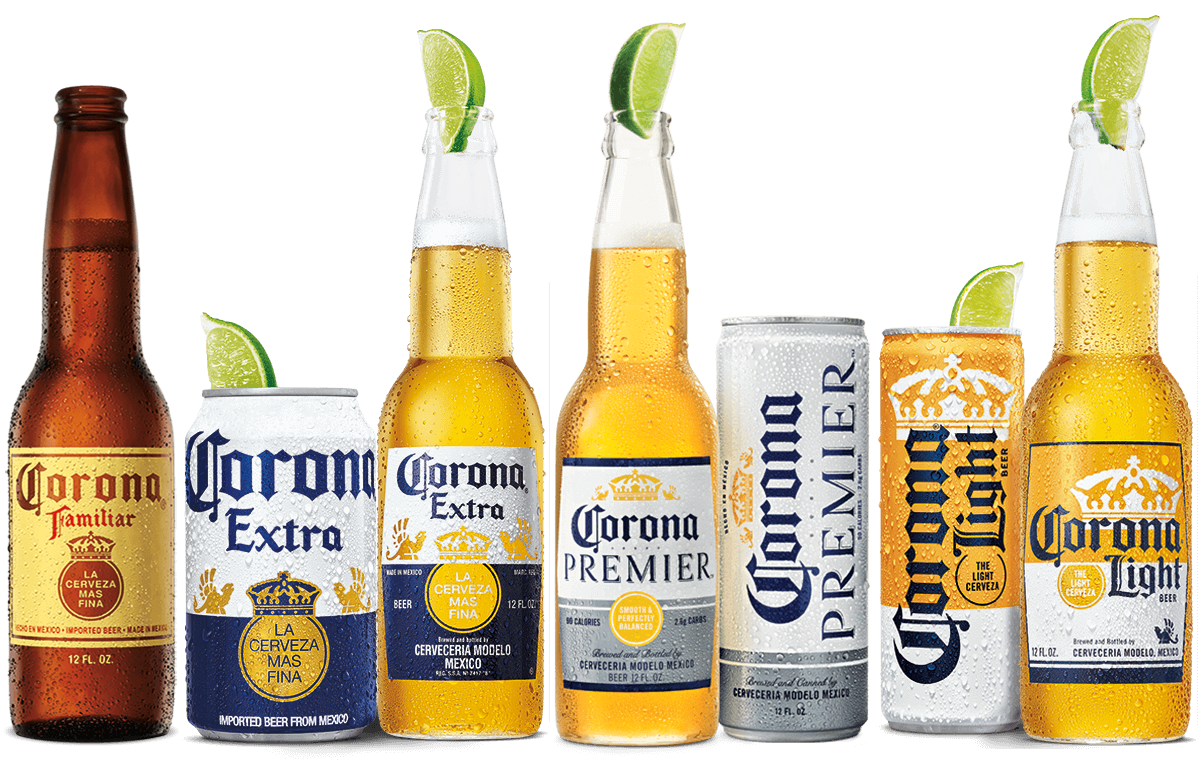Corona Premier is one of this year’s hottest new brands.
The super-light extension of venerable Corona Extra, along with Corona Familiar, swiftly carved out spots on the Nielsen Top 10 Growth Brands charts. The beers have “done wonders for the Corona franchise,” said Bill Newlands, chief operating officer for the brand’s U.S. distributor, Constellation Brands, at a recent investor conference.
Indeed, Premier and Familiar have helped lead the brand franchise up 10.7 percent in sales and 8.7 percent in volume year-to-date, per Nielsen cross-channel and convenience data through Sept. 8.
One of the big questions in the beer industry over the past several months is from where those beers — especially low-calorie Premier — are getting that volume.
Constellation executives have claimed that about 70 percent of Corona Premier’s volume is incremental. While that’s true for Constellation’s beer business, it’s not for the industry as a whole, according to Nielsen. More than 85 percent of Corona Premier’s volume is coming from shifting within beer. Another 7.2 percent of volume is from drinkers who picked up Premier in addition to their regular beer purchases. That means less than 8 percent of the beer’s volume is coming from outside of beer.
On top of that, a supermajority of Premier’s drinkers, about 72 percent, are buying the beer in the place of others priced at the same level or higher, Nielsen grocery data show.
Only about 28 percent of drinkers who have purchased Premier traded up. Those drinkers came from premium lights (18 percent), economy beers (6 percent), and premium regulars (4 percent), per Nielsen data.
Although Corona Premier was positioned as a higher-margin, lower-calorie beer, in line with one of the best-performing brands in beer over the past few years — Anheuser-Busch’s Michelob Ultra — Nielsen data show that Premier under-indexes with Ultra, meaning it sources less volume from the beer (about 4 percent) than expected based on Michelob Ultra’s size.
About 28 percent of Corona Premier’s switching volume is at the expense of higher-margin products, including craft beers, flavored malt beverages and cider. Its average case price, $30.21 on a 26-week rolling basis ending Sept. 1, falls below FMBs ($32.79), craft ($35.72) and cider ($38.31), per Nielsen cross-channel data.
Another way of interpreting the numbers: On a fair-share basis, Corona Premier sourced seven times more volume from the Mike’s Hard franchise and six times more from Angry Orchard than it did from Michelob Ultra.
Corona Premier’s largest source of volume, by a wide margin, is from other Mexican imports, which account for some 40 percent of switching. And Constellation, the largest player in the Mexican import segment, is the source of much of that volume, with Corona Extra and Corona Light accounting for more than half of the total, per Nielsen. For its part, the company says Premier cannibalizes Corona Extra and Corona Light at around a 30 percent rate. Familiar, meanwhile, has about a 50 percent rate of cannibalization, in line with expectations, the company has said.
And while the two beers have boosted the brand family as a whole, their expansions coincided with declines for both flagship Corona Extra and Corona Light. Extra volume is down 2.3 percent year-to-date, while Corona Light has dropped 8.7 percent, per Nielsen. And the declines appear to be accelerating. Extra volume slid 3.8 percent in the four-week period ended Sept. 8, while Light shed 13.4 percent of volume, per Nielsen cross-channel data.
Nonetheless, Constellation COO Newlands, speaking at an investor conference earlier this month, said the company was “thrilled to death with the performance of Corona Premier and Familiar.”
The biggest question for Constellation is whether Premier will be able to sustain its fast start, and if so, how much volume shifting from other above premium brands, including its own, will fuel its growth.

